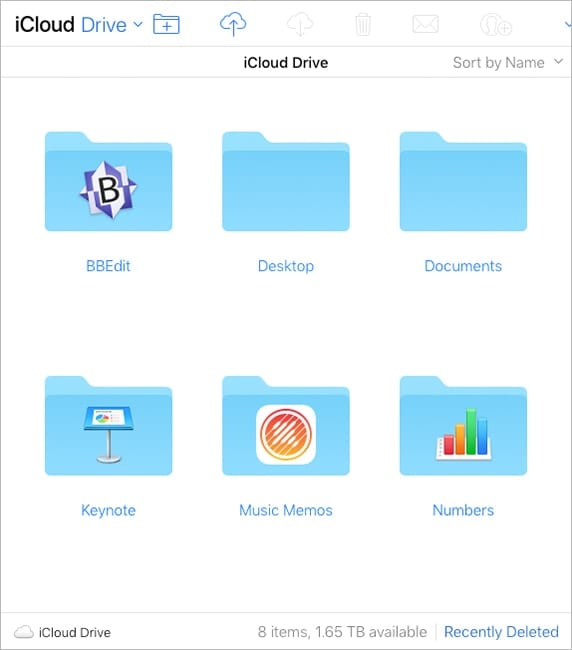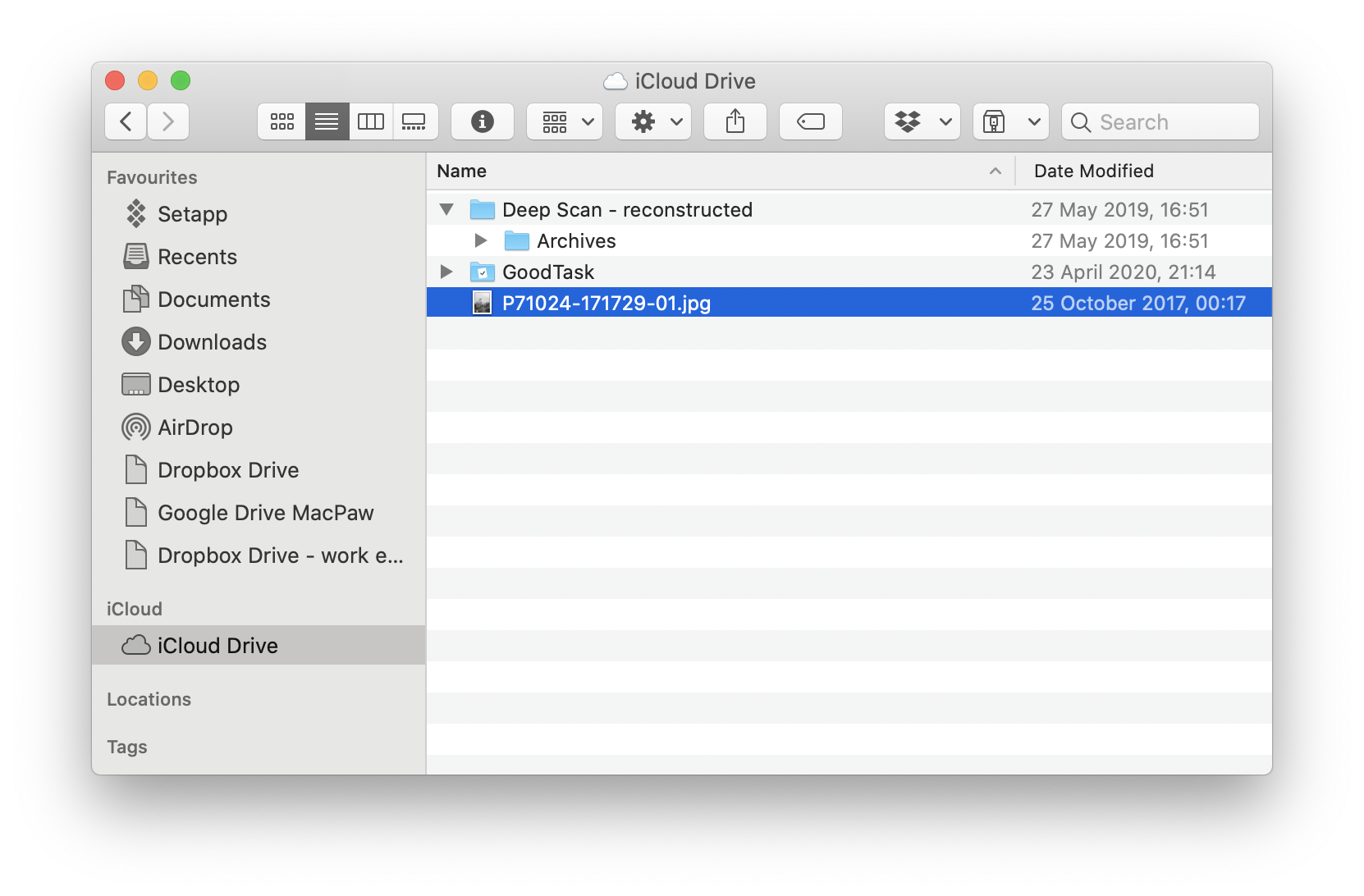
You could even take this one step further and create a Dev folder (or whatever folder you need) within the com~apple~CloudDocs folder, to keep those files housed within their own directory. With the symlink created, gaining access to the com~apple~CloudDocs directory only requires you enter the newly created symbolic link, with the command cd ~/iCloud.
Finding icloud drive on mac command line install#
Once you have that taken care of, you can sync all of your terminal work without much of a hassle, and without having to install third-party software. Of course, this trick does require that you have your Apple iCloud account setup and working. And since macOS comes complete with the Nano text editor, it’s quite adept at filling a niche need.īut what if you want all of that terminal work to be saved to the cloud? Believe it or not, thanks to iCloud, it’s pretty easy. After all, it is a great tool for developing, scripting, working with configuration files, or just creating flat text notes.

If you’re a macOS power user–especially a developer–chances are you use the terminal app.

Finding icloud drive on mac command line how to#
Jack Wallen shows you how to make this easy.

Working within the terminal window doesn't mean you can't keep your code, configuration files, or text files in sync with your iCloud account. How to access your local iCloud folder from the terminal


 0 kommentar(er)
0 kommentar(er)
